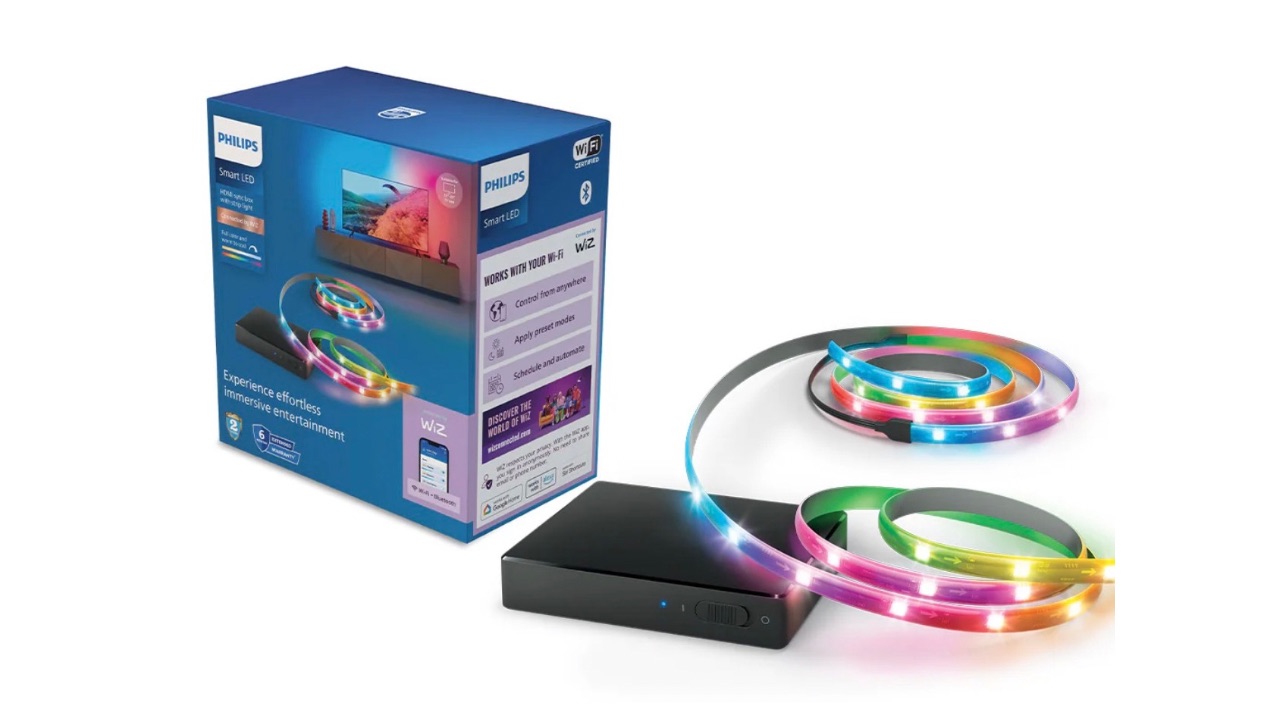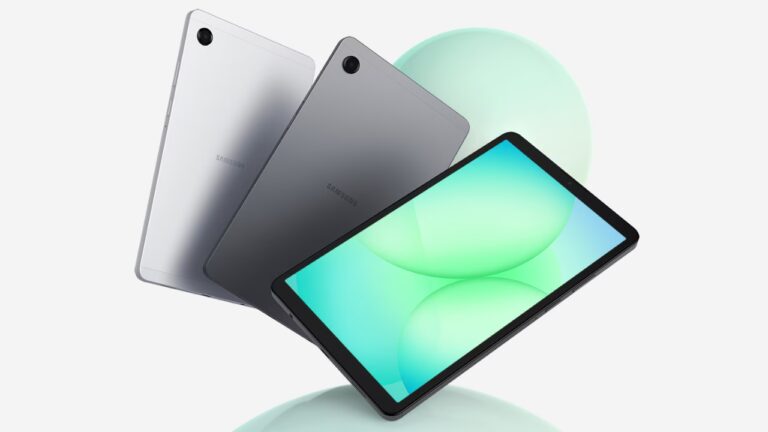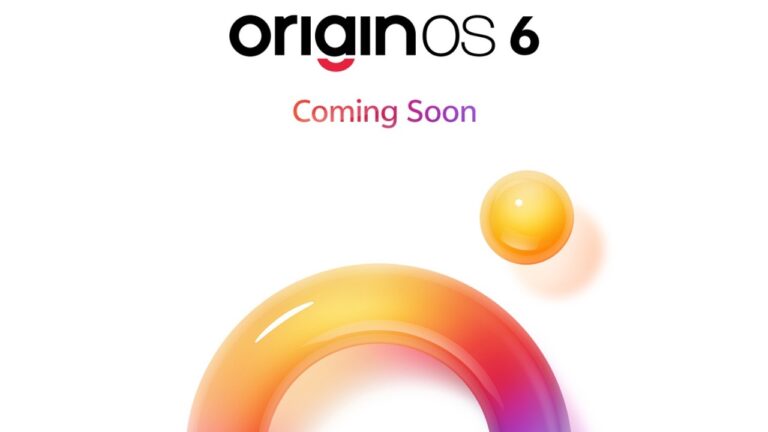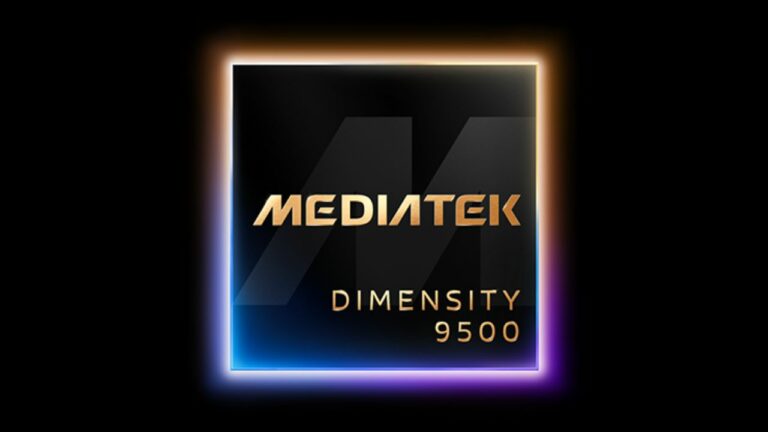Google has announced the launch of Play Games Sidekick with Gemini integration so you can ask Gemini Live real-time questions about your gameplay. This allows users to ask Gemini about certain in-game actions within the game itself, such as solutions to certain levels in Puzzle games, instead of leaving the game to seek out tutorials or walkthroughs. Here’s everything else that has been announced.
Now, there’s a new platform-level gamer profile that lets you easily track stats and achievements across games and devices. You can keep tabs on where you stand overall, not just in a specific game. And you can even customize your profile with Gen AI Avatar.
For users who want more ways to challenge their friends, Google is introducing Play Games Leagues. Leagues will give you a chance to compete for Play Points rewards, engage the Play community, and earn ultimate bragging rights. “We know gaming fandom expands beyond gameplay, so we are connecting users with merch and VIP experiences at events like Comic Con San Diego,” Google added.
Next is Play Games Sidekick, which is being touted as a helpful in-game overlay available while playing games downloaded from Play. “Sidekick curates and organizes relevant gaming info, and provides direct access to Gemini Live for real-time guidance, so you can stay in the game.”
With Sidekick, you’ll be able to ask for real-time conversational help from Gemini, instead of leaving the game to seek out tutorials or walkthroughs. Sidekick uses Gemini Live’s screen sharing capabilities to understand your game context and deliver AI-powered, in-game guidance with verbal tips, tricks and support during gameplay. Google will roll out Gemini Live within Play Games Sidekick for select games in the coming months.
Then, instead of searching across multiple forums for game reviews and updates, an enhanced Game Detail Pages provide a wealth of information about each game, including ongoing events, developer updates and offers. And if you’ve already downloaded a game, detail pages provide an overview of your relationship with a game, including summaries of game progress, achievements and timely developer updates.
Starting next month in select markets, you’ll also be able to ask and answer questions about a specific game, directly in the games detail page. You’ll be able to share tips and get answers straight from other players who know the game best.
Next, Google announced that Google Play Games for PC is now stable for everyone to use, moving out of its beta phase.
Read More: Google Rolls Out Gemini for Google TV
You Tab in Play Games, Upgraded Apps Tab, and More
All these new updates come together in one place: the new You tab.
It’s a single place with curated content, including your rewards, subscriptions, recommendations, stats and updates. For those who game, the new gamer profile content is the center of their You Tab experience.
In addition to gaming, You tab also combines relevant content across your other interests and apps. You can discover what’s new, such as tailored audiobook recommendations. You will soon be able to jump back into content you’ve already started, so you can pick up where you left off on a novel or podcast.
Play’s integrated gaming platform and You tab will begin rolling out this week, starting with select Play Points markets, and we will be adding additional countries on October 1.
Then there’s an upgraded Apps tab, where Google is launching new spaces within this tab dedicated to entertainment and seasonal topics that surface app-related content like media, articles and timely info right in Play. “They’re based on the success we’ve seen with Cricket Hub in India and our Comics space in Japan, which now serves nearly 1 million users,” said Google.
In Korea, it is launching a new entertainment-dedicated space in the Apps tab. This new space brings together movies, TV shows and short-form dramas optimized to enjoy on mobile. And in the United States, users can now sample short-form dramas, webcomics and trending TV and movies from the Apps tab.
Starting this month, at the top of the Apps tab, users around the world will see curated, seasonal topics in a new, immersive way. The company will visually spotlight timely topics tailored to the user’s interests with content from multiple apps, such as the WNBA playoffs, Halloween and Chuseok in Korea.
Finally, the company is also making it easier to find the right App for the user. With Guided Search, you can find the app you need by simply typing in your goal, like “find a home” or “deck-building games.” AI in Play then organizes relevant apps into categories so finding apps is simpler and more intuitive.












